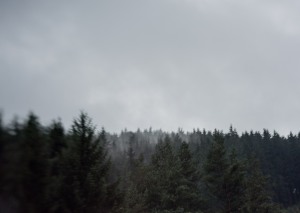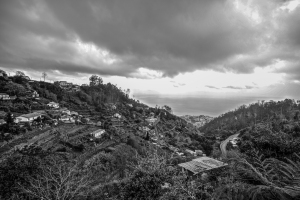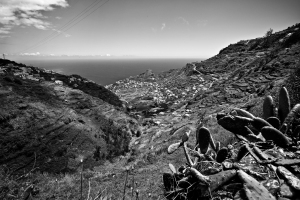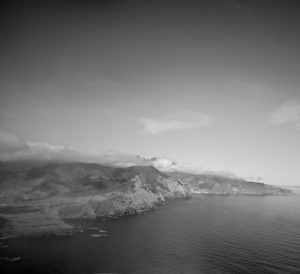Huge inspiration:
Tag: nature
meet C.
C. in front of the Budapest Parliment building, acting like she owns the place.
film number five, May
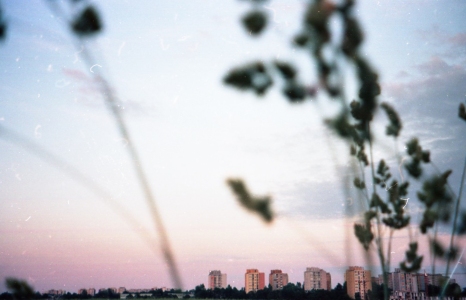

Last week I took a part in the photo edition workshops in Warsaw. It was a cool experience and exhausting long hours of making the unjustified and perhaps unjustifiable decisions. A simple photograph can be given hundreds of meanings due to it’s placing.
I think that one of the things which amuse me about the photography is the ability to connect the unrelated events into a story. Maybe story is too big of a word? A sequence, a set. Something happens in one place, something happens in another place, here’s a dead bird, here’s the moon, here’s somebody I know, somebody I don’t know. Unrelated events that become linked together thankfully to a single factor.
That single factor being myself.
Maybe the fact that I spent a meaningful part of my life working in an airplane – which meant being everywhere, constantly thrown from one end of the globe to another, made me feel like I’ve been less and less present and real. In a way it was a life of a ghost – I’d never been anywhere long enough to mark my presence in any more meaningful way, but long enough to observe people and situations. I’d like to think that in some way my presence was a connecting line for all these distant places and situations.
I believe that what I call the “life of a ghost” fed my urge to collect the trophies in the form of photographs. In a way they are the silver proof – I’ve been there and I witness that exact moment. Turning them into something connected and coherent is almost like giving my presence a visual form. Maybe that’s why we say that photography is intimate. Regardless of the content, it always consists of at least the smallest particle of the person who pressed the shutter button.
things that never happened in that exact way

The man in the photo studio told me that my film is long expired and there’s no point in scanning it.
But well, I like photographing on expired film. Mainly because you never know what you’ll get. When you finally see the photographs it’s nothing what you expected, nothing that you could remember – almost like the moment you captured on the photo has never happened. It feels like looking at your memories from a different perspective, something that is new but old at the same time.
A little bit like remembering something that you forgot a long time ago. That’s what I mainly like about the expired film.


A postcard from the island
Human
If you happened to be a human, I think you should watch it
The fisherman

Vietnamese floating village in Cambodia. The boy in the photograph has been sent by his family for fisherman training at the age of six. This way he can guarantee himself a stable life once he’s older. Fishermen is this area earn around 60 dollars a month.
grey is my favourite colour
The Sun has immigrated to the South. We stayed here, covered with the fog.
Northern Slovakia, 10.2016.
Nikon d5200, lensbaby
Madeira, black and white
the first thing I recall from Madeira is color. Bursting, wild, overwhelming palette of shades, embraced by the sharp, Atlantic light, hitting my eyes on every occasion.
maybe that’s why I like the photographs of Madeira in black and white the most. jungle tamed. organised chaos. big, vast, the most authentic mix of colors, black and white x-rays the island and leaves only what’s essential.
I miss laying my eyes on the far away, vast landscape. Madeira is a big pillow.
water of Madeira
In the sixteenth century the Portuguese started building levadas to carry water to the agricultural regions. The most recent were made in the 1940s. Madeira is very mountainous, and building the levadas was often difficult. Many are cut into the sides of mountains, and it was also necessary to dig 25 miles (40 km) of tunnels.
Levada comes from the portuguese word levar which means to carry. It carries the rain and the aggressive Atlantic storms from one side of the island to another, from the forests to farmer’s fields in the remote foggy mountains. While the whole idea of civilisation in the heights of Madeira is pretty shocking, the advancement of their water system shows some extreme determination. Paul said these people really wanted to settle here.
The land of Madeira is quite an impressive one too. Sharp, soaring mountains are covered with jungle and farms, levadas filled with fresh water, forming almost mathematically straight lines in the wild, distant landscape.
I tried to document the special relation of Madeira and the water. I got a strong impression, that people from Madeira have a special, conscious relation with its water, unlike most of the Western civilisations. There’s over two thousand levadas on the island, and beside their primary function as a water providers, they found another one, as paths, jogging tracks, everyday commute ways to school, fields, or work. Built by prisoners in the early times, the extremely hard and risky job, the water system has become something way more than what it was primarily created for; it’s a part of the island’s culture.

levada dos Torres, Noguera
*
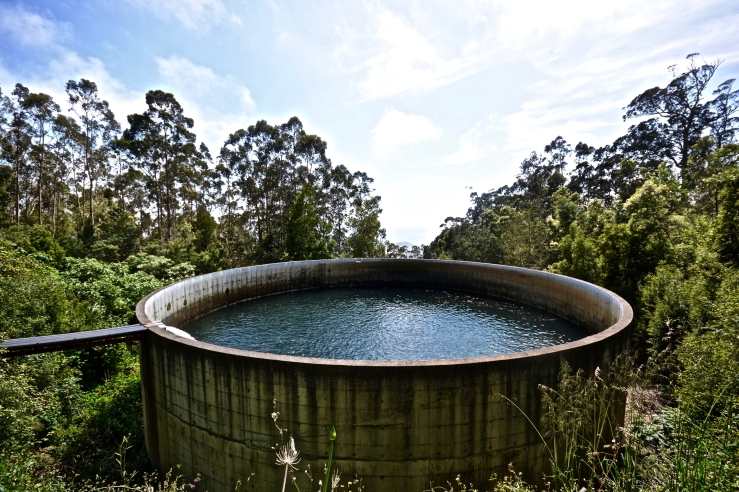
levada dos Torres, the water tank
*

levada do Norte
*

levada dos Torres, Camacha
*
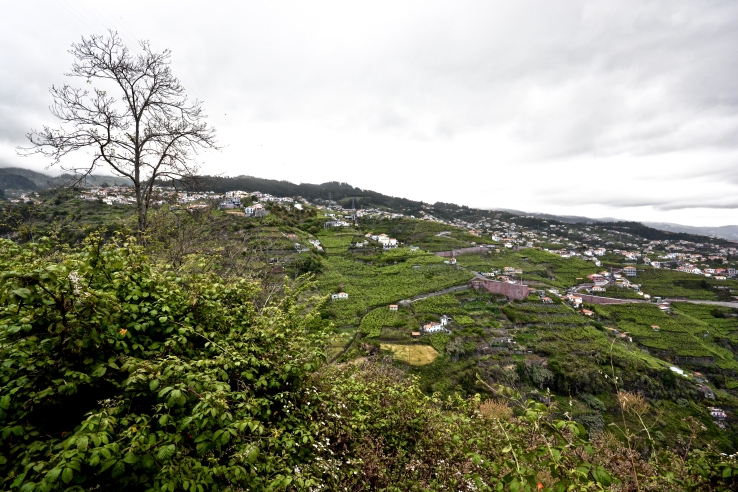
levada do Norte
*
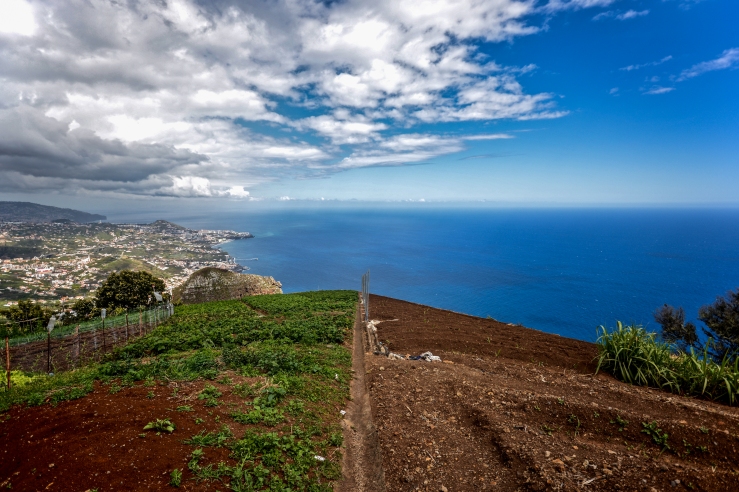
western fields
*
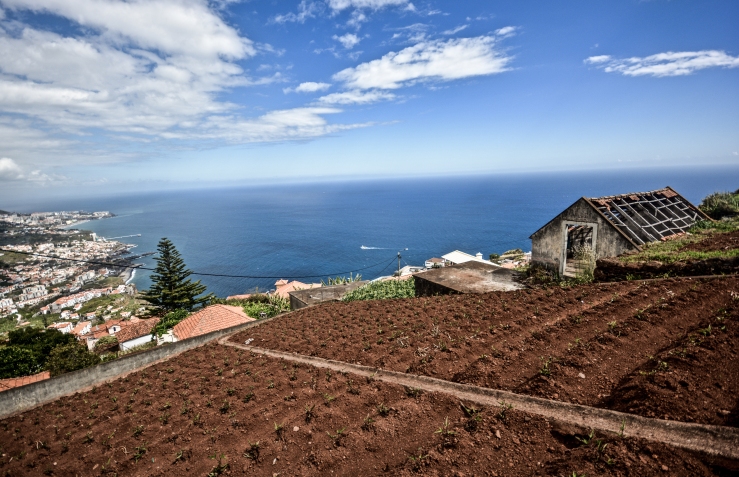
western fields
*

western fields
*

western fields
*
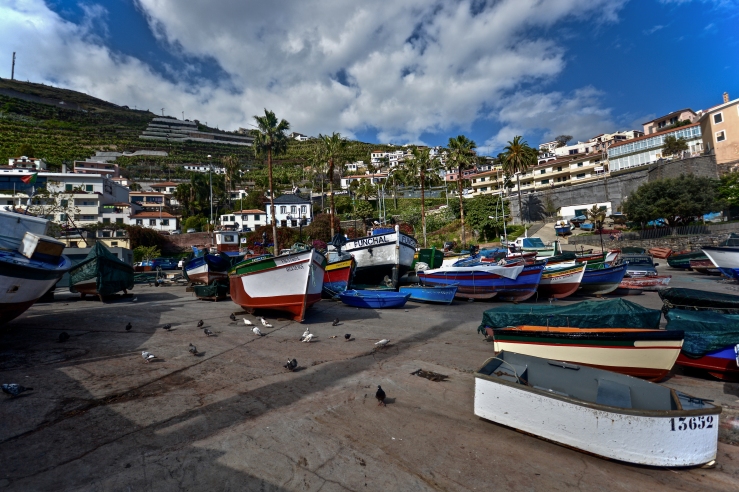
Camara dos Lobos
*

Cabo Girao
*





































